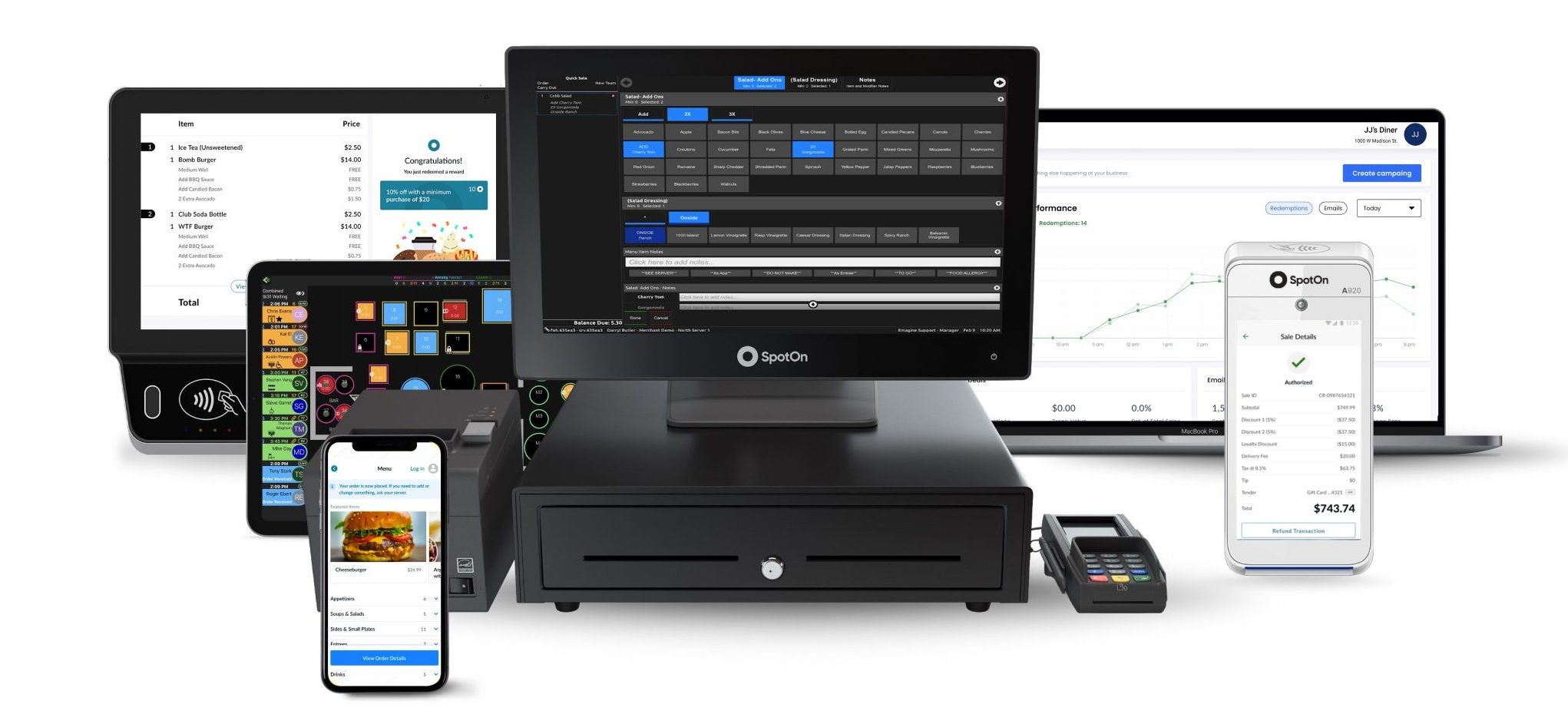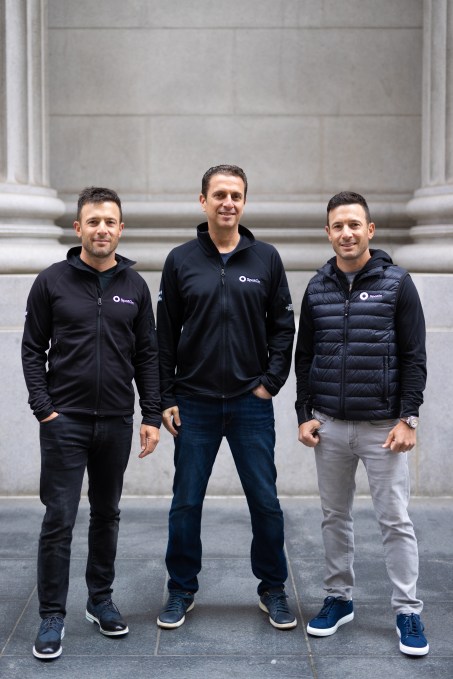- May 26, 2021
- by:
- in: Blog
Certain industries were hit harder by the COVID-19 pandemic than others, especially in its early days. Small businesses, including retailers and restaurants, were negatively impacted by lockdowns and the resulting closures. They had to adapt quickly to survive. If they didn’t use much technology before, they were suddenly being forced to, as so many things
Certain industries were hit harder by the COVID-19 pandemic than others, especially in its early days.
Small businesses, including retailers and restaurants, were negatively impacted by lockdowns and the resulting closures. They had to adapt quickly to survive. If they didn’t use much technology before, they were suddenly being forced to, as so many things shifted to digital last year in response to the COVID-19 pandemic. For companies like SpotOn, it was a pivotal moment.
The startup, which provides software and payments for restaurants and SMBs, had to step up to help the businesses it serves. Not only for their sake, but its own.
“We really took a hard look at what was happening to our clients. And we realized we needed to pivot, just to be able to support them,” co-CEO and co-founder Matt Hyman recalls. “We had to make a decision because our revenues also were taking a big hit, just like our clients were. Rather than lay off staff or require salary deductions, we stayed true to our core values and just kept plugging away.”
All that “plugging away” has paid off. Today, SpotOn announced it has achieved unicorn status with a $125 million Series D funding round led by Andreessen Horowitz (a16z).
Existing backers DST Global, 01 Advisors, Dragoneer Investment Group and Franklin Templeton also participated in the financing, in addition to new investor Mubadala Investment Company.
Notably, the round triples the company’s valuation to $1.875 billion compared to its $625 million valuation at the time of its Series C raise last September. It also marks San Francisco-based SpotOn’s third funding event since March 2020, and brings the startup’s total funding to $328 million since its 2017 inception.
Its efforts have also led to impressive growth for the company, which has seen its revenue triple since February 2020, according to Hyman.
Put simply, SpotOn is taking on the likes of Square in the payments space. But the company says its offering extends beyond traditional payment processing and point-of-sale (POS) software. Its platform aims to give SMBs the ability to run their businesses “from building a brand to taking payments and everything in-between.” SpotOn’s goal is to be a “one-stop shop” by incorporating tools that include things such as custom website development, scheduling software, marketing, appointment scheduling, review management, analytics and digital loyalty.

When the pandemic hit, SpotOn ramped up and rolled out 400 “new product innovations,” Hyman said. It also did things like waive $1.5 million in fees (it’s a SaaS business, so for several months it waived its monthly fee, for example, for its integrated restaurant management system). It also acquired a company, SeatNinja, so that it could expand its offering.
“Because a lot of these businesses had to go digital literally overnight, we built a free website for them all,” Hyman said. SpotOn also did things like offer commission-free online ordering for restaurants and helped retail merchants update their websites for e-commerce. “Obviously these businesses were resilient,” Hyman said. “But such efforts also created a lot of loyalty.”
Today, more than 30,000 businesses use SpotOn’s platform, according to Hyman, with nearly 8,000 of those signing on this year. The company expects that number to triple by year’s end.
Currently, its customers are split about 60% retail and 40% restaurants, but the restaurant side of its business is growing rapidly, according to Hyman.
The reason for that, the company believes, is while restaurants initially rushed to add online ordering for delivery or curbside pickup, they soon realized they “wanted a more affordable and more integrated solution.”

Image Credits: SpotOn co-founders Zach Hyman, Doron Friedman and Matt Hyman / SpotOn
What makes SpotOn so appealing to its customers, Hyman said, is the fact that it offers an integrated platform so that businesses that use it can save “thousands of dollars” in payments and software fees to multiple, “à la carte” vendors. But it also can integrate with other platforms if needed.
In addition to growing its customer base and revenue, SpotOn has also boosted its headcount to about 1,250 employees (from 850 in March of 2020). Those employees are spread across its offices in San Francisco, Chicago, Detroit, Denver, Mexico City, Mexico and Krakow, Poland.
SpotOn is not currently profitable, which Hyman says is “by choice.”
“We could be cash flow positive technically whenever we choose to be. Right now we’re just so focused on product innovation and talent to exceed the needs of our clients,” he said. “We chose the capital plan so that we could really just double down on what’s working so well.”
The new capital will go toward further accelerating product development and expanding its market presence.
“We’re doubling down on our single integrated restaurant management system,” Hyman said.
The raise marks the first time that a16z has put money in the startup, although General Partner David George told TechCrunch he was familiar with co-founders Matt Hyman and Zach Hyman through mutual friends.
George estimates that about 80% of restaurants and SMBs use legacy solutions “that are clunky and outdated, and not very customer friendly.” The COVID-19 pandemic has led to more of these businesses seeking digital options.
“We think we’re in the very early days in the transition [to digital], and the opportunity is massive,” he told TechCrunch. “We believe we’re at the tipping point of a big tech replacement cycle for restaurant and small business software, and at the very early stages of this transition to modern cloud-native solutions.”
George was also effusive in his praise for how SpotOn has executed over the past 14 months.
“There are companies that build great products, and companies that can build great sales teams. And there are companies that offer really great customer service,” he said. “It’s rare that you find two of those and extremely rare to find all three of those as we have in SpotOn.”







